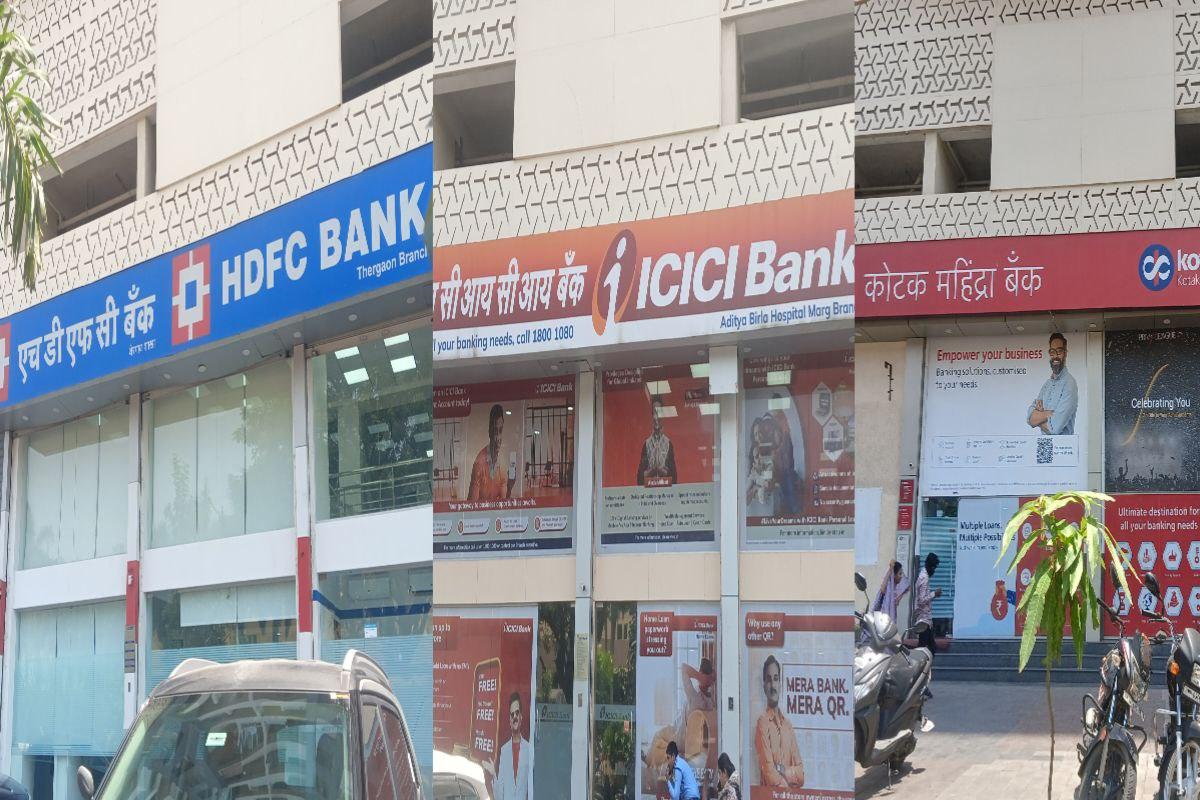
India’s banking sector has kicked off Financial Year 2026 (which runs until March 2026) with an aggressive push to raise capital via Qualified Institutional Placements (QIPs). In just the first three months of this financial year, Indian banks have announced QIPs worth a staggering ₹72,000 crore. This marks a sharp contrast to FY25, where banks announced QIPs worth only ₹14,000 crore in the entire year.
QIP (Qualified Institutional Placement) is a way for listed companies in India to raise capital by issuing equity shares, debentures, or other convertible securities exclusively to Qualified Institutional Buyers (QIBs). It is a fast-track method that does not require the company to go through elaborate regulatory approvals like a public issue.
Key features of QIP:
Only for listed companies: QIPs are allowed only for companies that are already listed on a stock exchange.
Issued to QIBs only: Investors like mutual funds, insurance companies, foreign institutional investors (FIIs), and banks who are considered QIBs can invest.
No need for SEBI approval: Unlike an IPO or FPO, QIPs do not require prior approval from the Securities and Exchange Board of India (SEBI), making the process faster.
Use of proceeds: Companies raise funds through QIP to strengthen their balance sheets, fund expansion, repay debt, or meet working capital needs.
Pricing mechanism: The pricing is regulated, based on a formula involving average market price, to protect investor interests.
This sudden acceleration in capital raising reflects not just the strengthening of bank balance sheets, but also a larger strategic shift. With global uncertainties increasing, the Indian government has been focusing heavily on boosting domestic demand and supporting local industries. Priority sectors include MSMEs, infrastructure, real estate, and consumer discretionary. As consumption continues to rise and economic activity picks up, banks need to ensure their capital adequacy remains robust to meet the credit demands of a growing economy.
Strong demand is already visible across key sectors, and banks are gearing up to support this surge. The capital being raised now will not only bolster their financial position but also equip them to fund India's growth aspirations. Experts anticipate credit growth of around 13% to 13.5% in FY26, driven by robust expansion in MSMEs, consumption, real estate, and infrastructure.
To put the capital-raising trend in perspective:
In FY21, 10 QIPs worth ₹48,000 crore were announced.
In FY22, the figure dropped to just ₹10,000 crore.
But in FY26, within just 3 months, ₹72,000 crore worth of QIPs have already been announced, breaking all previous records.
Among the largest QIPs this year:
State Bank of India (SBI) announced a QIP of ₹25,000 crore. Interestingly, SBI is tapping capital markets after a gap of 8 years, despite posting a net profit of ₹70,000 crore last year.
Axis Bank followed with a QIP worth ₹20,000 crore.
Other notable QIPs include Union Bank, Indian Bank, and AU Small Finance Bank, which together have raised around ₹15,000–₹16,000 crore.
Clearly, banks are preparing themselves for a stronger future, recognizing that as India’s economy grows, the need for capital will rise sharply. They are not only strengthening their balance sheets but also aligning with the larger macroeconomic narrative of domestic demand-led growth.
Analysts believe that this trend is a highly positive sign for the markets and the broader economy. With the bad loan issues largely behind the banks, the capital now being raised is expected to be deployed for growth purposes. This signals confidence among banks about future opportunities.
Moreover, private sector banks usually execute QIPs at higher price-to-book (P/B) ratios—often two to three times their book value. This implies that QIPs are accretive to their book value, reinforcing their strength without diluting value.
These developments have led many experts to declare FY26 as the "Year of Banking and Financials." With such strong momentum, the Indian banking sector is well-positioned to be a key driver of economic growth in the coming quarters.
Disclaimer:
The information provided in this article is for informational purposes only and should not be construed as financial or investment advice. Readers are advised to consult with a certified financial advisor before making any investment decisions. The data and figures mentioned are based on publicly available sources and are subject to change.




